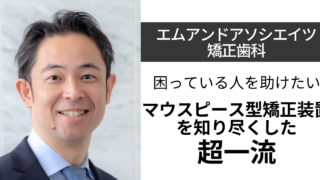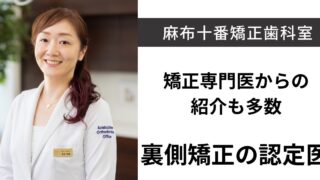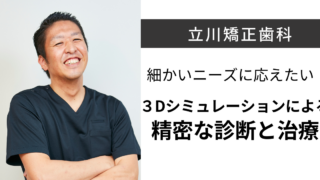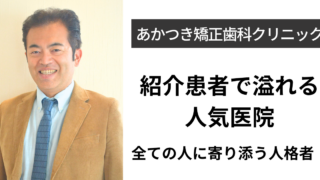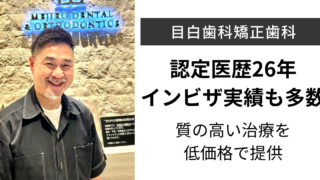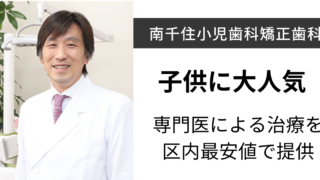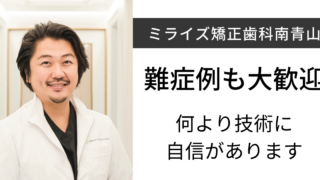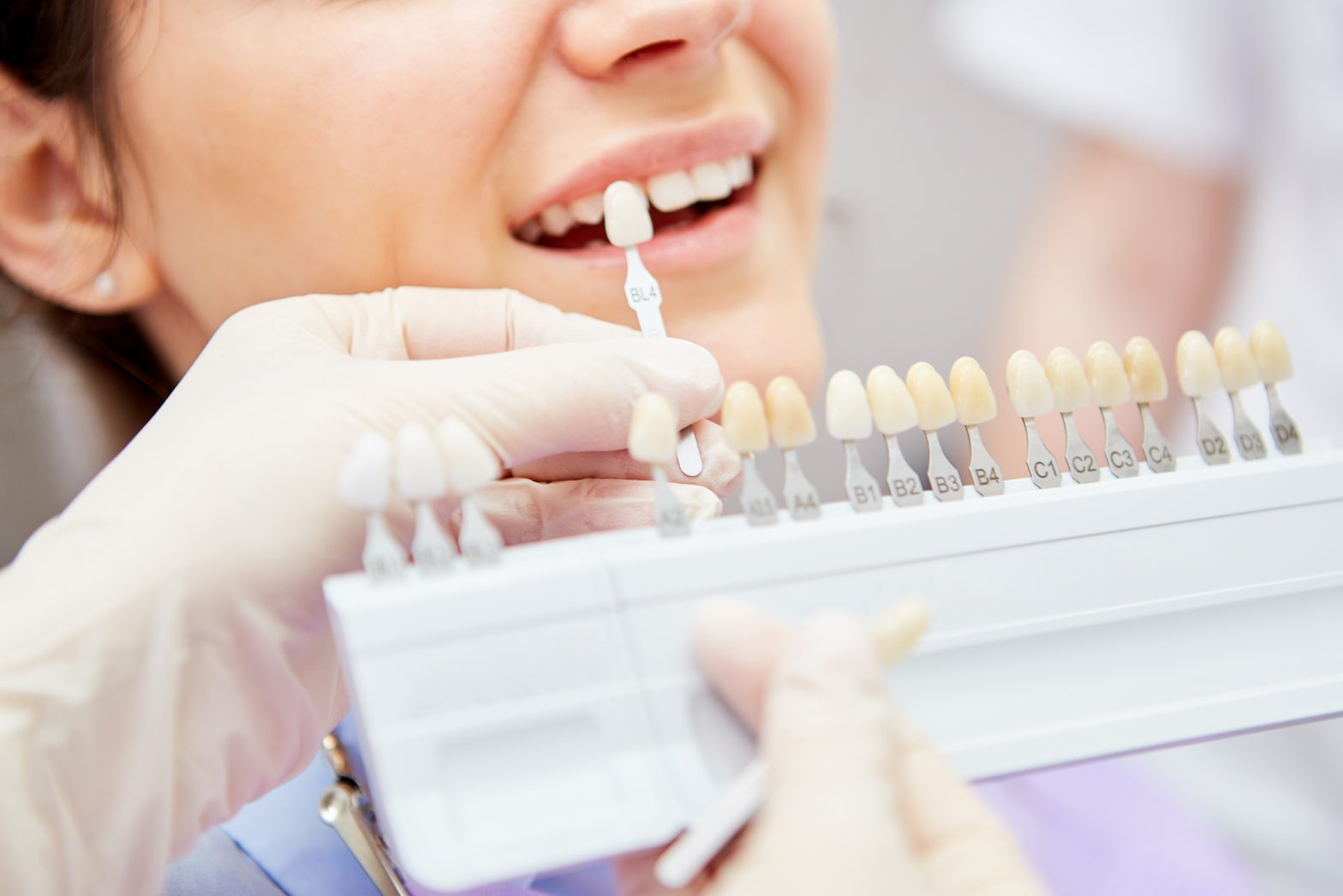
How effective is whitening? Explains the number of times and duration required for each type!

How effective is teeth whitening?

There are several types of whitening, which differ in the number of treatments and length of time until the desired effect is achieved.
This time,The number of times and duration required for each type of whitening are explained!
- Effects of Whitening|Explanation by type
- Differences in whitening effects depending on the condition of teeth|Explanation with images
- Effects of whitening vary by type and condition of teeth.
Effects of Whitening|Explanation by type

For whitening, which acts to break down the pigment in the teeth,
- office whitening
- home whitening
There are
None of the above,Whitening agents contain high concentrations of hydrogen peroxide and urea peroxide, and whitening can only be performed in medical facilities such as dental clinicsThe first two are the following.
For whitening agents that are handled by dentists and contain high concentrations of hydrogen peroxide or urea peroxide,
- Bleaching action by breaking down tooth pigment
- Changes the surface of the teeth to look like frosted glass, making them appear whiter (masking effect)
The "Dentifrice" not only removes stains from the surface of the teeth, but also improves the color tone of the teeth themselves.
Effects of Office Whitening
The number of times and the approximate period of time until the effect can be expected.
Number of times→More than once
・Period→around 30-60 minutes (*)
*If you can feel the effect after one session
Office whitening is,Whitening performed by a dentist or dental hygienistIt is.
The process of applying a whitening agent to the teeth and then shining light on them is repeated several times.
This is because light shone on top of the whitening agent can accelerate the breakdown of tooth pigment,Effects can often be seen after around 30-60 minutes of treatment per session.It is.
However, depending on the original tone and color of the teeth, office whitening may not be very effective unless two or more office whitening sessions are performed at least one week apart. (Some agents can be repeated in one day, so the interval depends on the whitening agent and manufacturer.)
If multiple sessions are performed, it will take at least one month.
Effects of Home Whitening
The number of times and the approximate period of time until the effect can be expected.
Number of times → 14 or more
Period→More than 2 weeks
*Daily home whitening as directed by the dentist for at least 2 weeks
*The number of times and duration of the effect may vary depending on the concentration and type of whitening agent and the dentist's instructions.
Home whitening is,Whitening that is performed by wearing a mouthpiece injected with a whitening agent prescribed by a dentistIt is.
To achieve the whitening effect, a mouthpiece containing a whitening agent must be worn as directed by the dentist.
The major method requires wearing a mouthpiece containing a whitening agent for two hours every day for two weeks or more, so it takes a relatively long time before the whitening effect is felt.
However, the time required is less likely to reverse the color of the teeth, and once the mouthpiece is made and the whitening agent is prescribed, everything else can be done at home, reducing the number of visits to the dentist's office and the amount of time and effort required.
In the case of home whitening, which can be completed entirely online, from consultation to mouthpiece preparation and prescription of whitening agents, zero visits to the clinic are required.
Some of the easily available home whitening products that have been increasing in recent years do not contain urea peroxide or hydrogen peroxide in their ingredients.
in that caseIt will not be as effective as home whitening prescribed by a dentist.
Differences in whitening effects depending on the condition of teeth|Explanation with images
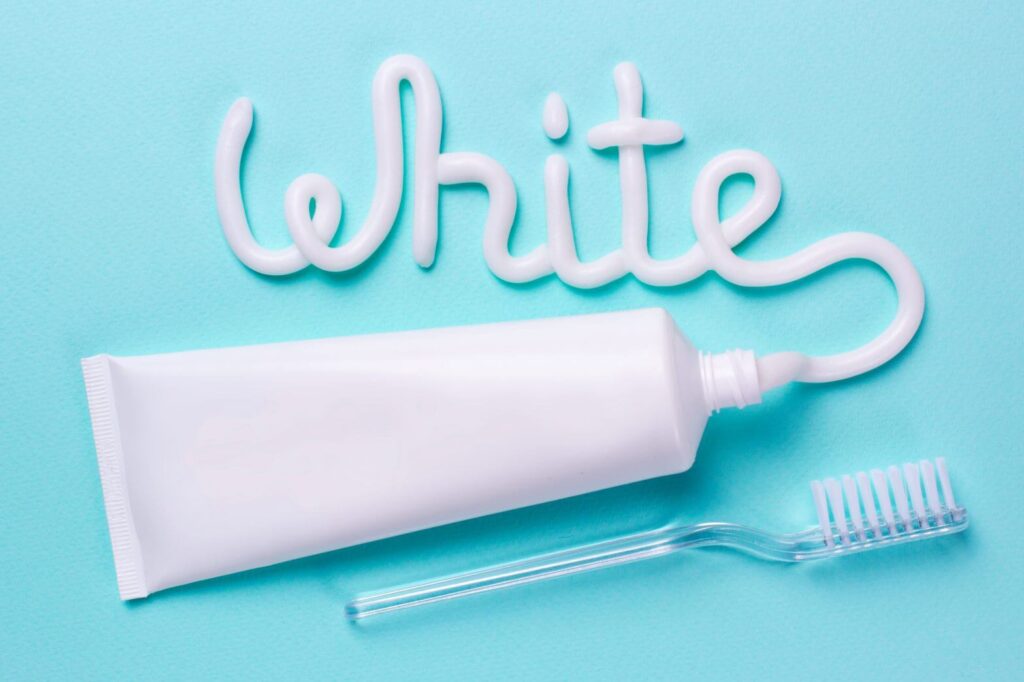
The effectiveness of whitening depends on the original condition of the teeth.
- Teeth that are more likely to be effective
- Teeth that are less effective
- Teeth that are not expected to be effective
with images!
Teeth that are more likely to be effective
Teeth that are more likely to benefit from whitening are,
- Genetically yellowish colored teeth
- Teeth yellowed by food, drink, etc.
It is.
Whitening tones the color of the teeth by breaking down the pigment in the enamel that surrounds the teeth.
Therefore,Teeth with yellow enamel due to genetics, food, or drink are more likely to benefit from whiteningIt is.
Genetically yellowish colored teeth

Tooth color varies from person to person, with some people born with white teeth and others with yellowish teeth due to heredity or other factors.
If you have a genetically darker yellowish enamel,Once the enamel pigment is broken down, the tooth color is toned, making it easier to see the effects of whitening.It is.
Teeth yellowed by food, drink, etc.
Pigment from food and beverages can settle and cause teeth to become yellowish. This is called "extrinsic staining" because the teeth become yellow due to external influences from food and drink.
Yellowing caused by cigarette smoke is another form of extrinsic staining.
Exogenous staining, as well as genetically yellow teeth,Teeth that are easily whitened by whitening because pigments that have reached the tooth surface have seeped into the enamel, causing yellowing.It is.
Teeth that are less effective
Teeth that are difficult to achieve the whitening effect are,
- Teeth with dentin discoloration
- Teeth with uneven coloration
It is.
Teeth with dentin discoloration
Teeth that become yellowish or discolored due to discoloration of the dentin include the following
- Yellowing teeth due to age-related changes
- tetracycline tooth
- tooth with a dead nerve
Dentin is the ivory-colored layer beneath the enamel.
If the dentin is dark or discolored,The color shows through the translucent enamel, resulting in yellowing or discoloration of the teeth.
Whitening can make teeth appear whiter if the dentin discoloration is mild, since the masking effect of enamel polish works to make the enamel less translucent.
However, if the dentin is highly discolored, the teeth may not appear very white, even though the masking effect works.
Yellowing teeth due to age-related changes
teeth (as in the case of teeth with no teeth at all)Age-related changes thin the enamel and darken the yellow tinge of the dentin.This gives the teeth a yellowish appearance.
tetracycline tooth
Tetracycline teeth are teeth that have been discolored by ingesting large amounts of "tetracycline" antibiotics, which were often used in cold syrups and other drugs during the tooth-forming period, around ages 0-12.
Components of tetracycline antibiotics deposited in dentin during tooth formation react with the sun's ultraviolet rays after teeth erupt, discoloring the dentin into gray, purple, and brown colors, creating dark stripes and gradations.
If the degree of discoloration is mild, it may be possible to improve it,Grayish and purple tooth colors are difficult to whiten with whitening, in addition to leaving streaks and gradations on the tooth surfaceI am sure it will be.
tooth with a dead nerve

When the nerve in the tooth dies, the dentin turns brown.
Teeth with dead nerves, even if whitening breaks down the enamel pigment,Dentin color does not change, so it is difficult to expect whitening effectsIt is.
Teeth with uneven coloration
- Yellowish tints toward the root of the teeth, creating a gradient on the teeth.
- Partially white areas due to white spots
- Only canine teeth are more yellowish than other teeth
If your teeth are unevenly colored to begin with, such asTeeth may not be uniformly colored after whitening.
Teeth that are not expected to be effective
Teeth with the following conditions are not expected to benefit from whitening
- Discoloration of artificial teeth and fillings
- Discoloration due to deposition of dissolved metal ions
- Discoloration due to tooth decay
- Teeth with enamel and dentin dysplasia
Discoloration of artificial teeth and fillings
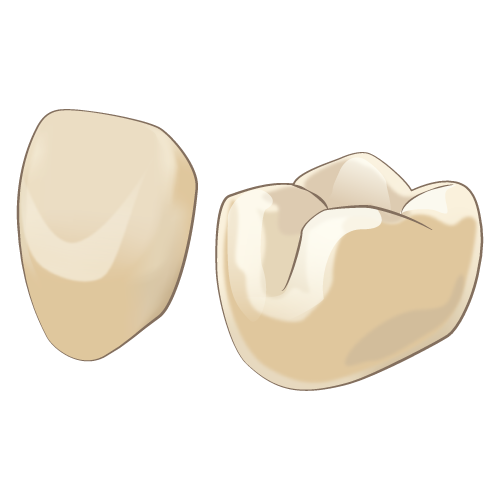
Whitening breaks down the pigment in the tooth enamel,Artificial teeth and fillings cannot be whitened.
Discoloration due to deposition of dissolved metal ions
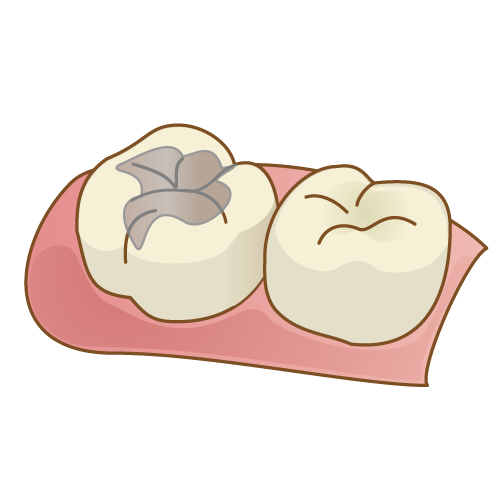
If metal is used in fillings or coverings, black metal ions may leach out and deposit on the teeth and gums.
Staining caused by metal ions also cannot be whitened by whitening.
Discoloration due to tooth decay
Tooth decay can cause teeth to become discolored brown or black.
Because tooth discoloration due to decay can only be cured by cavity treatment,Whitening effect is not expected.
Teeth with enamel and dentin dysplasia
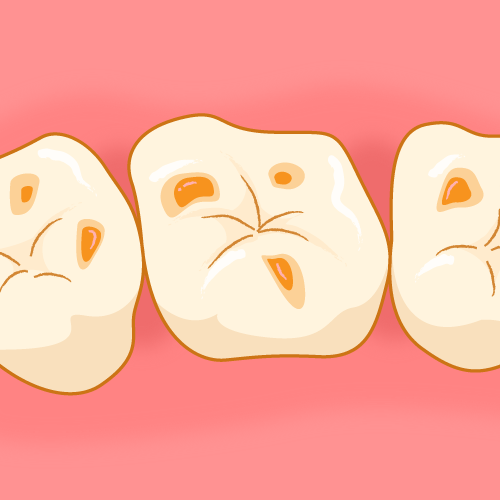
Dysplasia of enamel and dentin is the failure of teeth to form properly, resulting in a rough or translucent white surface.
In severe cases, it can become crater-like,Whitening is often ineffective.It is.
Effects of whitening vary by type and condition of teeth.
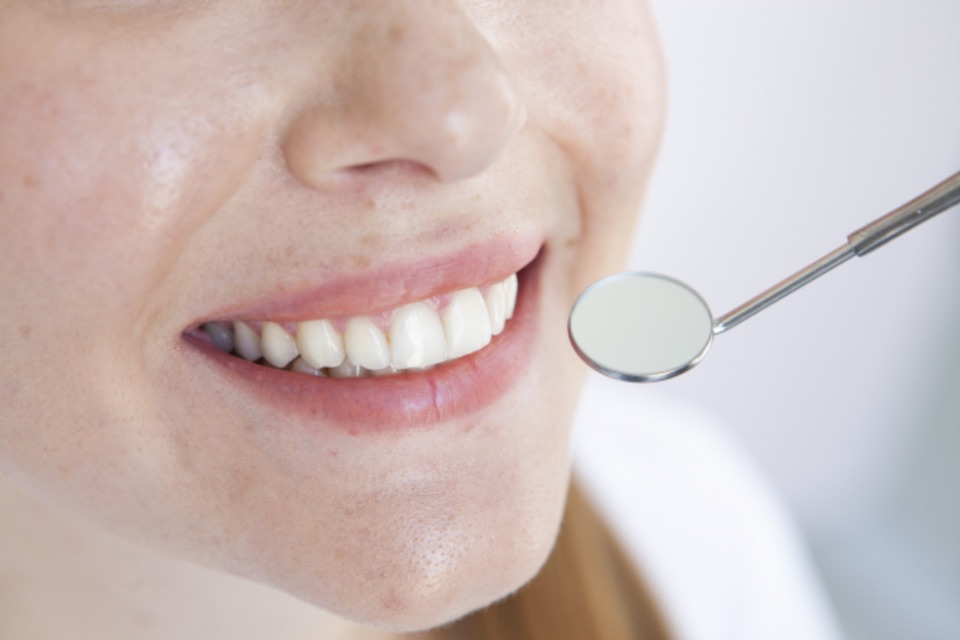
Whitening, which works by breaking down the pigment in the teeth, is available in office whitening and home whitening, which differ in the number of treatments and duration until the desired effect is achieved.
In addition, the condition of the teeth will affect the way the whitening process works,If you want to whiten your teeth, it is best to consult your dentist for the appropriate methodIt is.
365dentist has opened a dentist-run open chat where you can casually discuss your oral concerns!
If you are looking for a solution to your oral problems, come visit us!
RELATED:5 toothpastes with whitening effects under the supervision of a dentist.
RELATED:What type of whitening is done by the dentist, and which one is best?
RELATED:How much does whitening cost? Is it true that whitening can be done while wearing braces?
365dentist General Supervisor Dentist/Yukiko Katsuya
Graduated from Nagasaki University School of Dentistry, ~2018 Kyushu Medical Center, 2018-present Working at a dental clinic in Tokyo
Supervisor: Dentist/Naomi
After completing clinical training, worked in cosmetic dentistry in Tokyo. Currently a dentist and dental writer.


